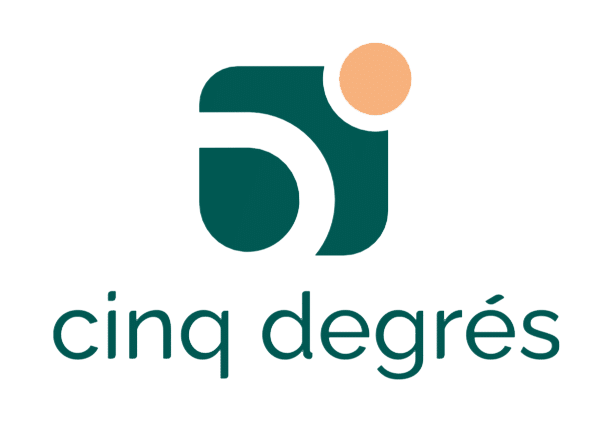In an increasingly fast-moving market, the IT industry needs to be more responsive than ever. In recent years, the industry has been implementing agile methods (SCRUM methodology) and an agile team philosophy to improve customer satisfaction.
The Product Owner (PO) is one of the key roles in the SCRUM agile methodology.
5 degrés, a Paris-based consulting agency specializing in digital transformation, tells you more about this key role!
Agility is the ability to adapt quickly and efficiently to change. In business, it is a methodology governed by a certain number of rules, enabling greater responsiveness in the development of a digital product.
This methodology, in contrast to the V-cycle method, avoids the tunnel effect.
However, agility requires an in-depth transformation of the company's mindset and practices.
Agility is a framework for tackling complex problems, while productively and creatively delivering products of the highest possible value.
This framework is made up of several elements: the team and its associated roles (product owner, scrum master, designer, tester and development team), events, artifacts and rules. This philosophy highlights the relative effectiveness of current product management and development practices, so that they can be improved. Customer satisfaction is at the heart of the Agile Product Owner's job.
The Agile Product Owner is responsible for a product that must meet the needs of customers and users. He or she is responsible for the product's vision and roadmap.
The Agile Product Owner is the link between the business teams and the development team.
Vision, analysis, organization, prioritization, teamwork.
Now you know everything about the Agile Product Owner!
About us
Locations

